ECONOMY
Prime Minister Modi’s State visit adds depth to Indo-US bilateral ties
- IBJ Bureau
- Jul 06, 2023
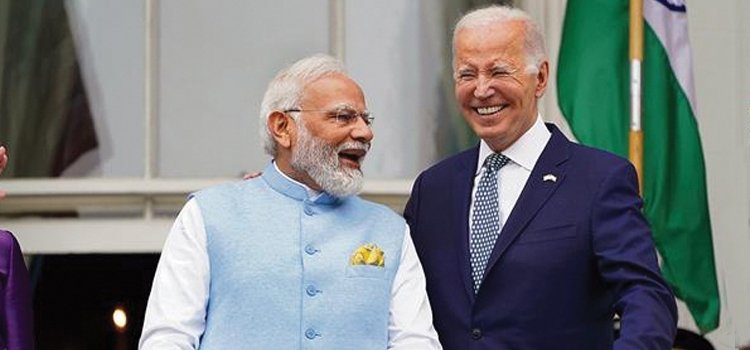
Prime Minister Narendra Modi’s recent State visit to the US brought the two nations closer to each other than ever before. Mr Modi’s three-day engagements with US President Joe Biden, other dignitaries and heads of major American corporations added depth and content to the comprehensive partnership between the oldest and the largest democracies of the world.
At the heart of this strategic relationship were many bilateral economic deals which are vital to both the countries. A range of ambitious new agreements related to transfer of advanced technologies, defence cooperation, clean energy and climate change, among others, is set to take the bilateral ties to greater heights.
The biggest takeaway of Mr Modi’s US tour, of course, was a mega deal between General Electric Aerospace and HAL, which facilitates manufacture of GE’s F414 engines for India’s light combat aircraft. This deal marks the end of the technology denial regime that has hampered bilateral relations after India’s nuclear test 49 years ago. This deal is a culmination of bipartisan US consensus and efforts of several Indian prime ministers to bring the two nations closer after the historic agreement Indo-US civilian nuclear pact was signed in 2006.
There were also big gains in the semiconductor industry. Micron Technology agreed to invest more than $800 million towards a $2.75-billion semi-conductor assembly and test facility in India. Moreover, Lam Research will train 60,000 Indian engineers. These corporate investments also hold huge strategic significance for both the countries. They signal the push for alternative supply chains to the China-Taiwan complex in the chip industry. Likewise, a critical minerals partnership between India and the US is aimed at diversifying and securing critical mineral supply chains for electric vehicle batteries. Many analysts have aptly summed up that the US and India should thank China for bringing the two nations and economies together. The US is seeking a big role for India in the Indo-Pacific region as a countervailing force to China.
Meanwhile, the resolution of six outstanding WTO disputes – three initiated by the US and three others by India – will help India’s steel, aluminium and renewable energy industries. According to the Union Commerce Ministry, 70 per cent of steel exports and 80 per cent of aluminium exports to the US will benefit from Customs Duty rollback. Similarly, US exports of almonds, apples and the like will gain from India’s withdrawal of retaliatory duties.
Big gains were also posted in softer areas. H-1B and L visa holders are likely to be able to renew their visas in the US without being required to return to India. New US consulates will be opened in Bengaluru and Ahmedabad, which will clear months-long backlog at US missions in issuing visas to Indians.
The prime minister’s visit deepens the level of engagement between the two governments, its institutions, businesses and people. Mr Modi’s interaction with Tesla chief Elon Musk and respective CEOs of Apple, Google and Microsoft, as well as other American businesspersons and intellects is undoubtedly set to deepen mutual relations and expand the benefits between the two economies.
Numbers, in fact, reveal many interesting stories about Indo-US relationship. Bilateral trade has rapidly expanded to over $191 billion, and Washington has become India’s largest trade partner in the world. US investments in India are pegged at $54 billion, which represent less than 1 per cent of its global investments. This deficit shines light on the huge investment potential in India. Trade, investments and joint ventures across sectors can help both the nations and their economies grow manifold. Mr Modi’s recent US visit, in fact, lays a firm foundation for that big future growth.


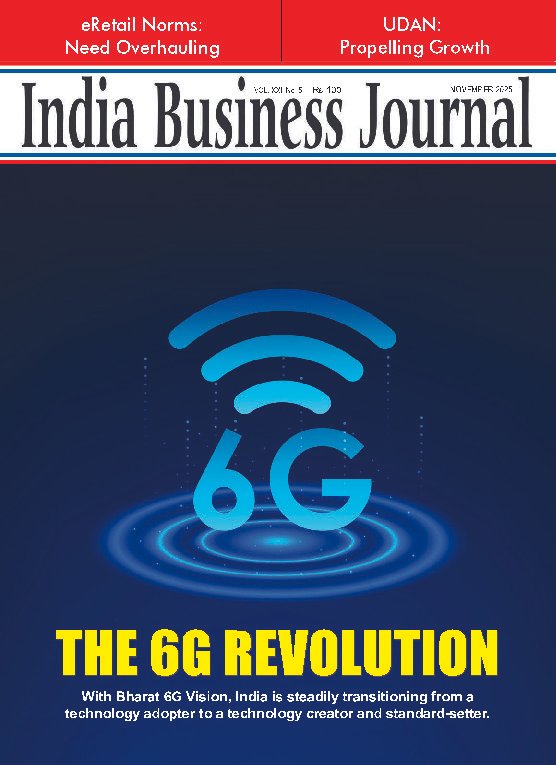
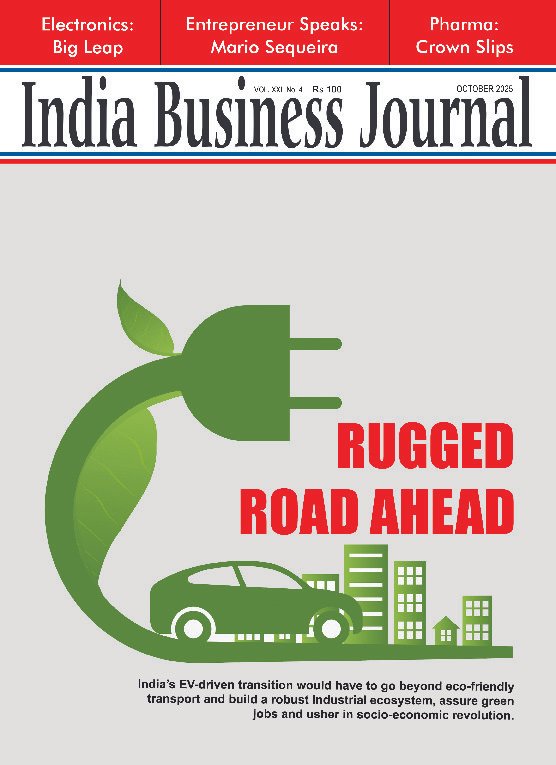
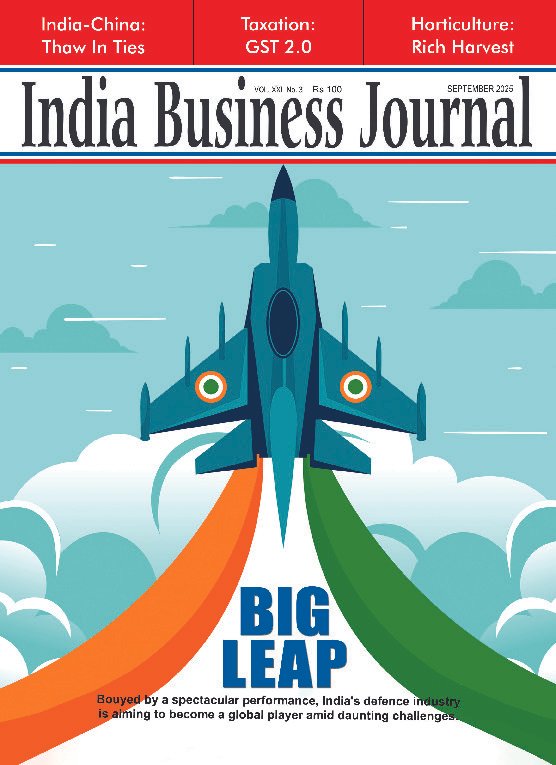
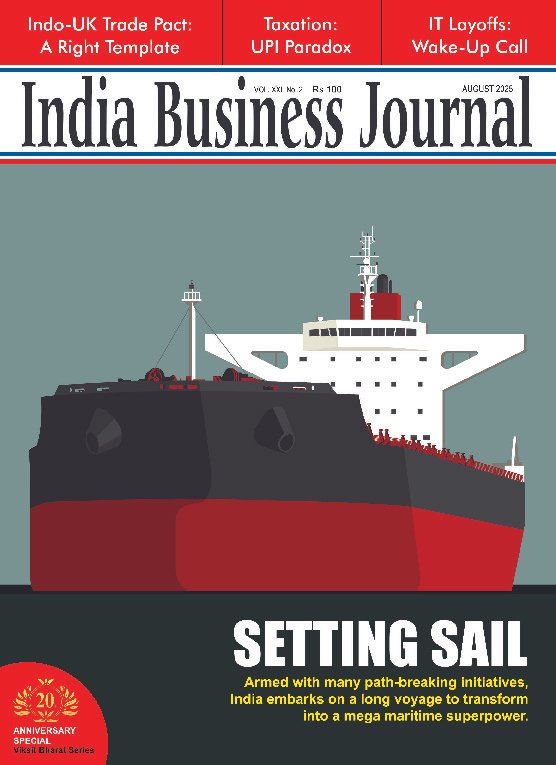





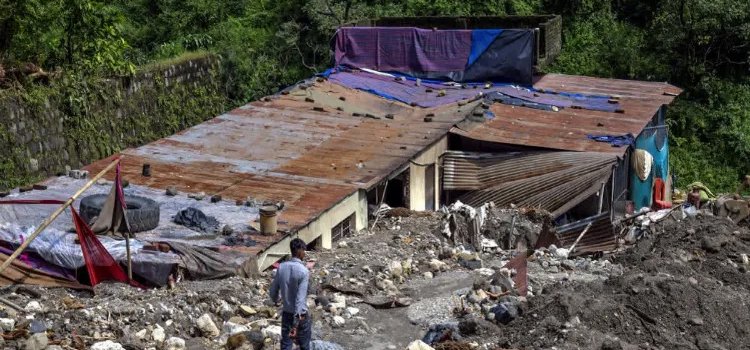

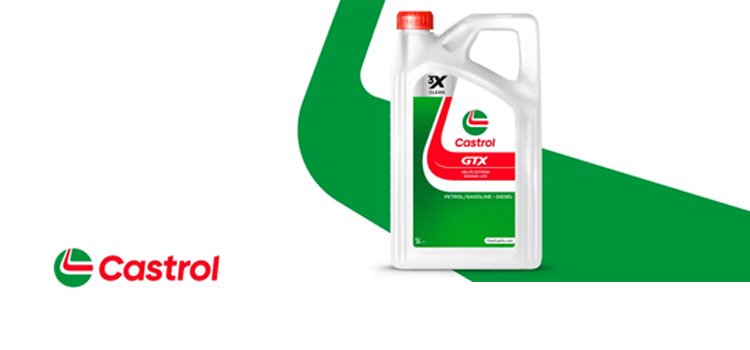
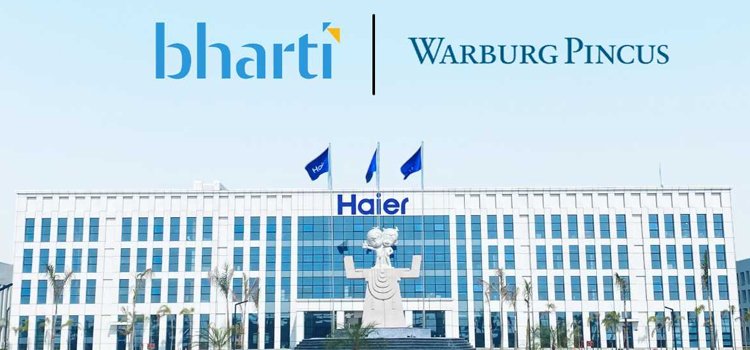
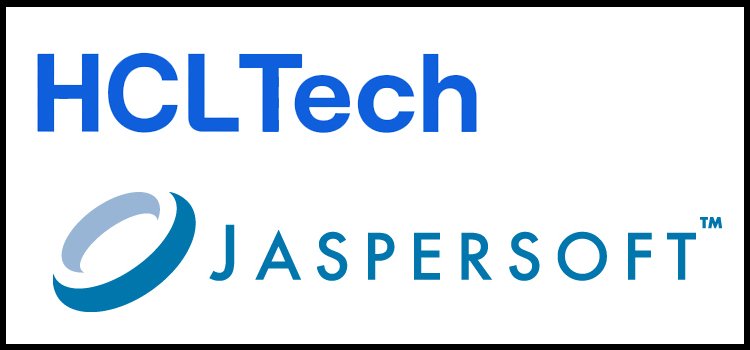
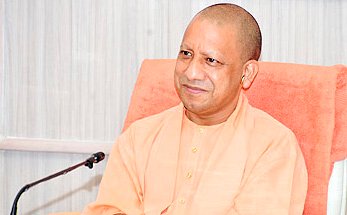



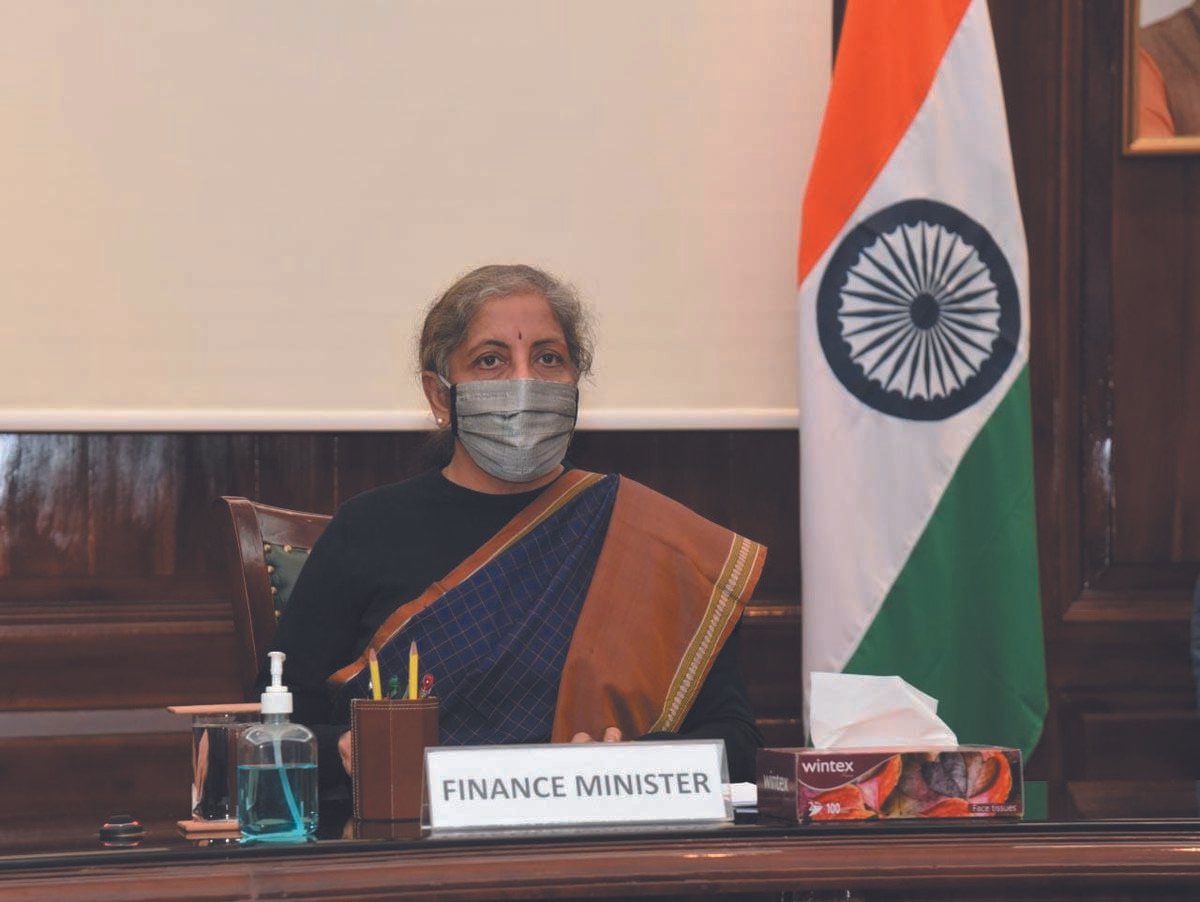
Report By
View Reporter News